I find it interesting that this special area (which is probably lower than two-inches in reality) coincides with the actual centre of gravity relating to the human (physical) body. The mastering of 'breath' is inherently linked to the mastery of 'balance' and 'movement' all mediated through an enhanced 'rootedness'. The clarified and purified 'awareness' of the mind directs all this activity - which includes the harnessing of the rising (rebounding) force that emanates from the dropped bodyweight impacting with the ground. The dropped bodyweight and rising force is channelled through the epicentre of the perfectly 'aligned' bone-structure (skeleton) which is never lost despite the complexity of the movement involved.
Of course, part of the qigong used to prepare the practitioner for Taijiquan practice is 'Standing Like a Stake' also termed 'Holding the Ball' - where an individual stands perfectly 'still' both physically and psychologically. We become like a mighty tree which can withstand any weather or unexpected external force! Within the peacefulness of the well-rooted tree is an immense power waiting to be discovered, harnessed and manifest!
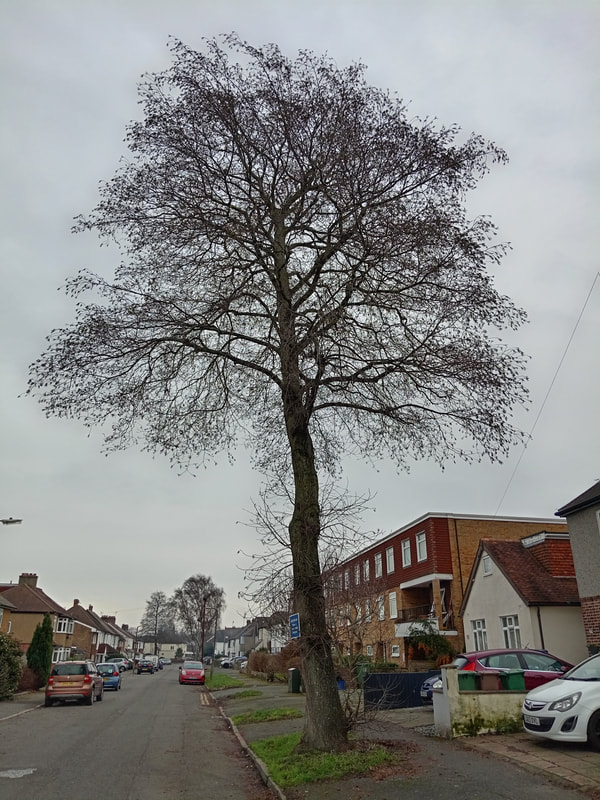
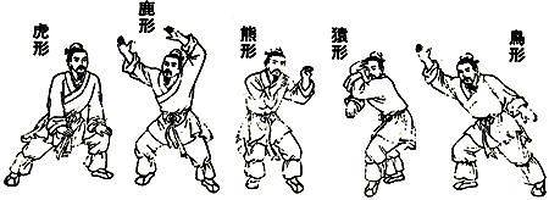
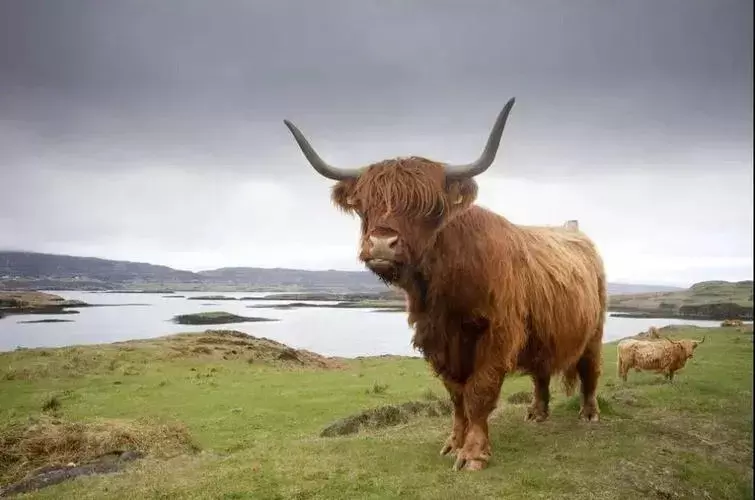
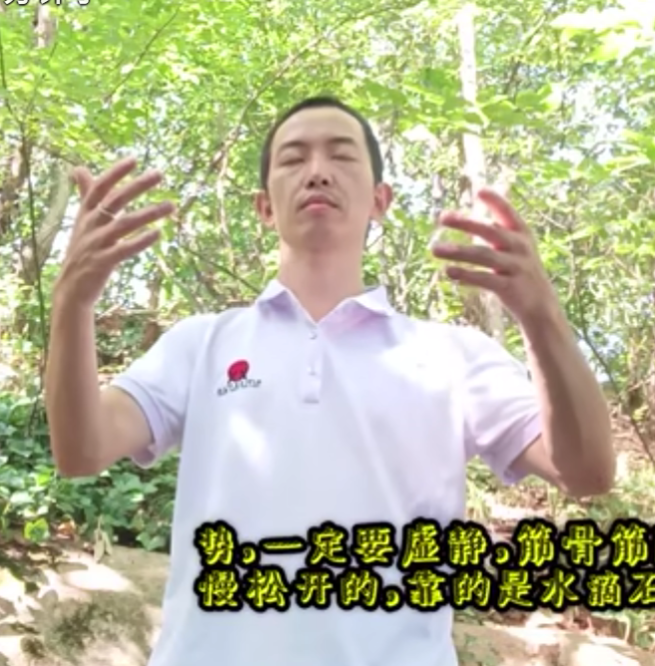
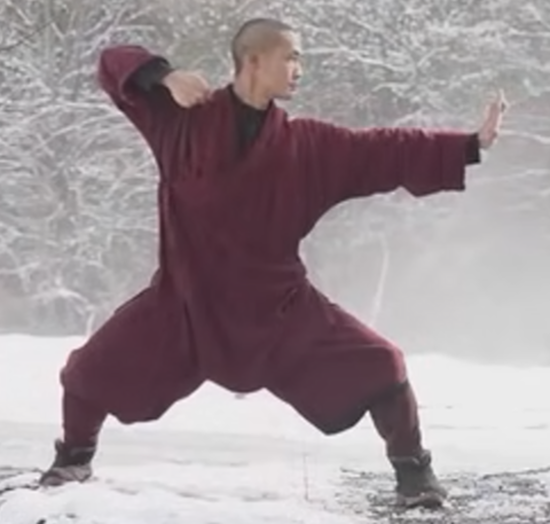
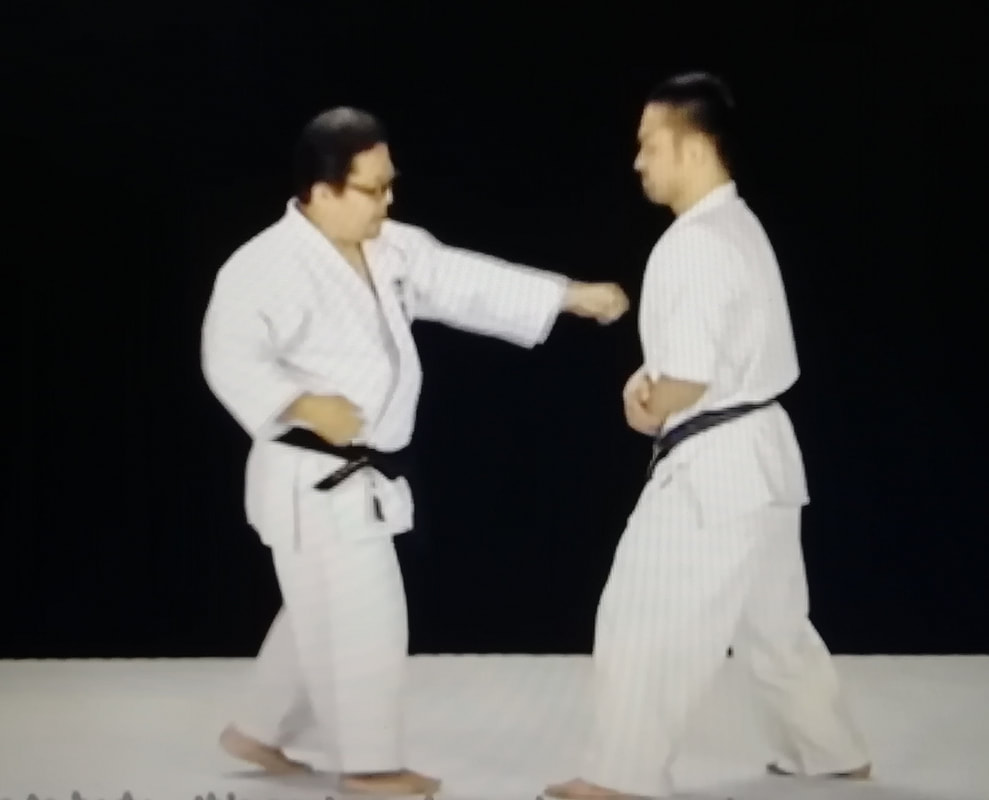
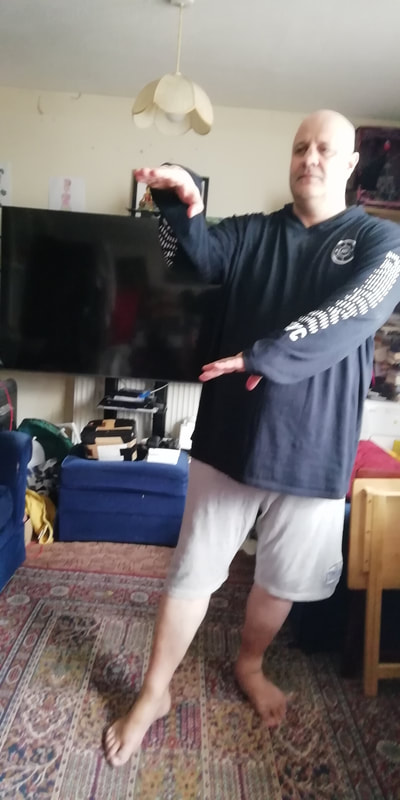
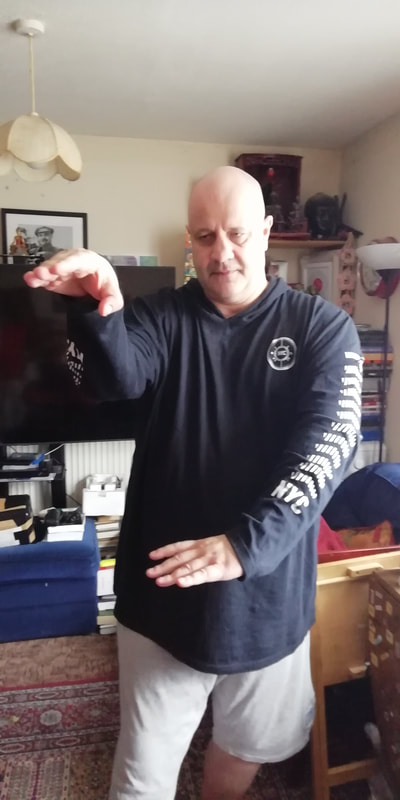
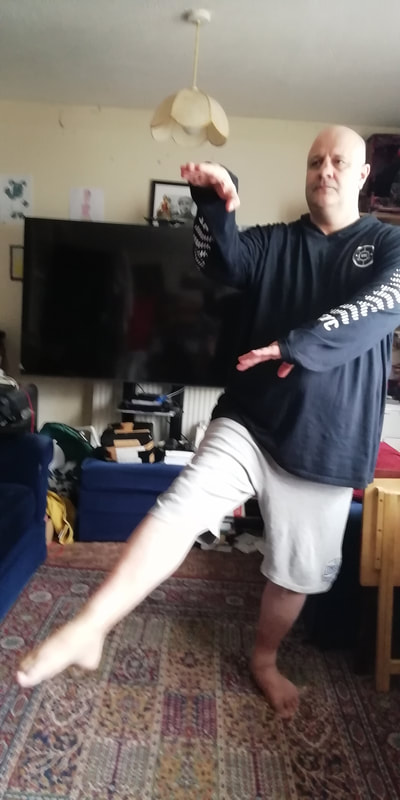
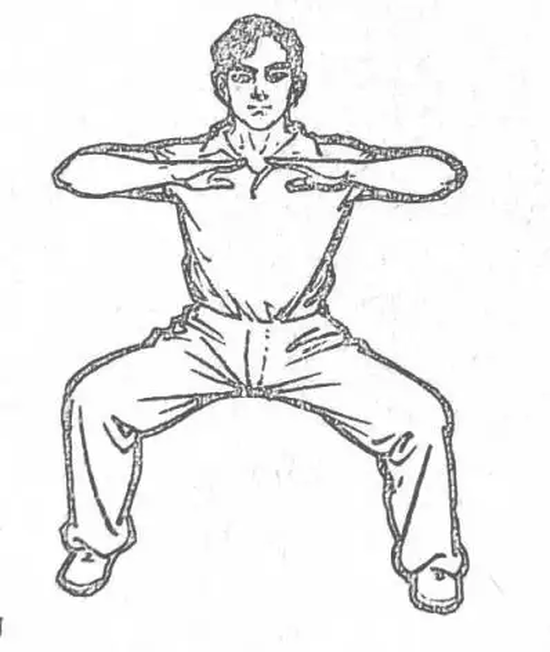
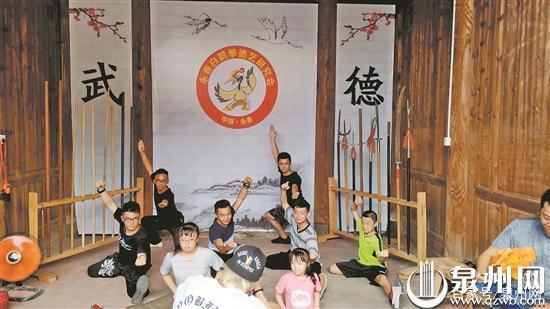
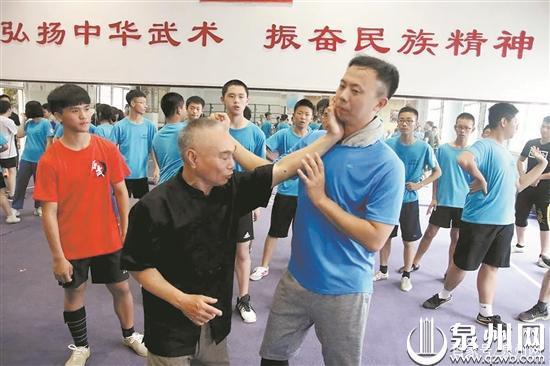
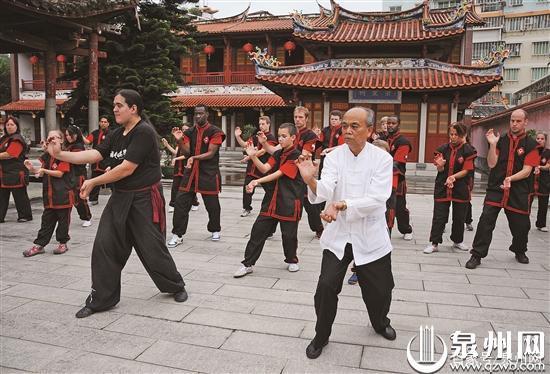
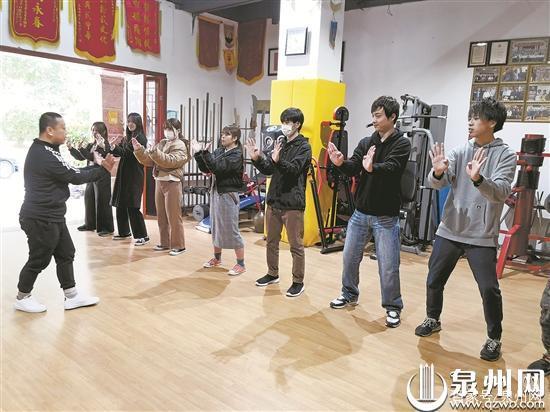
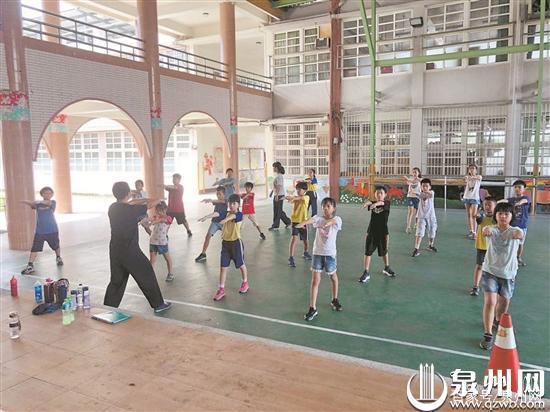
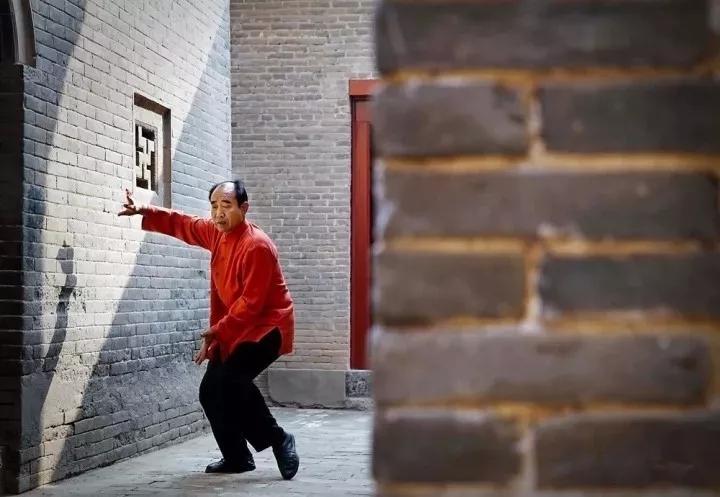
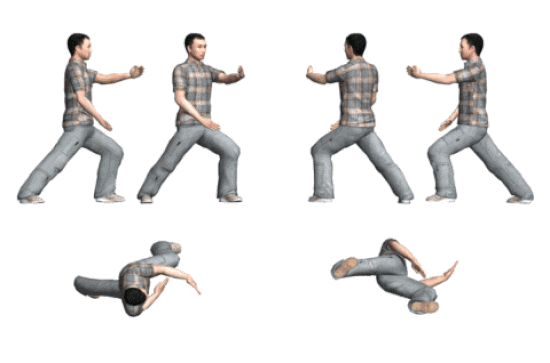
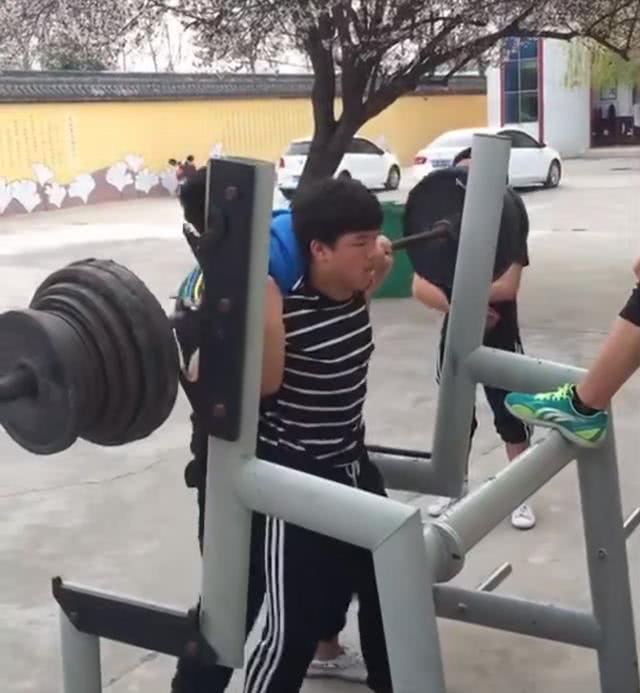
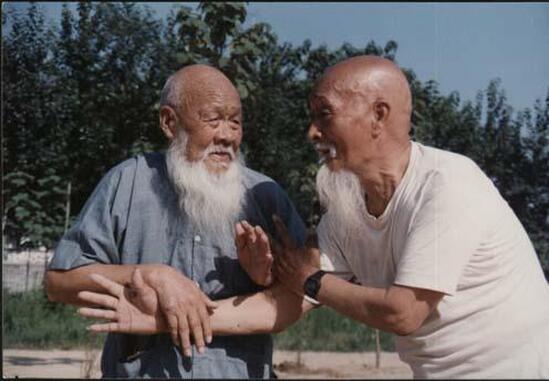
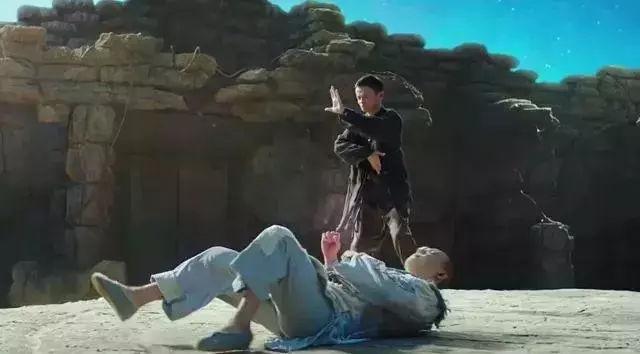
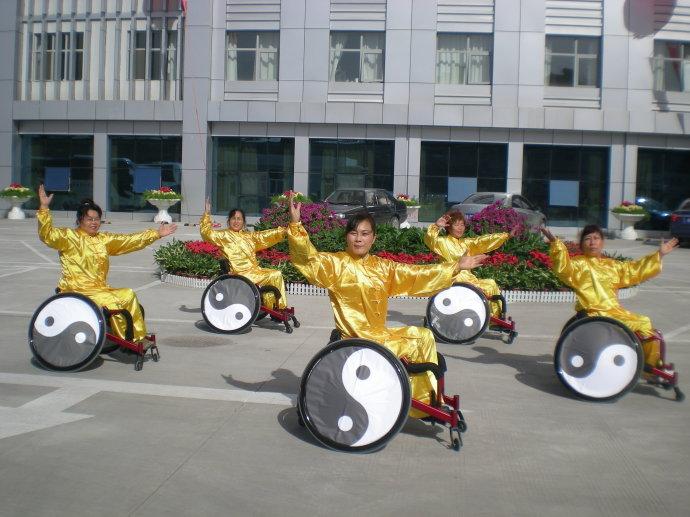
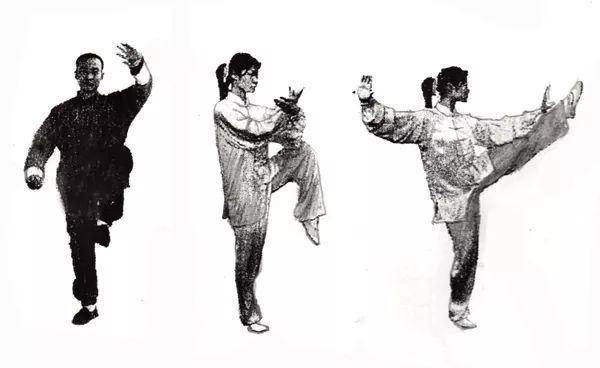
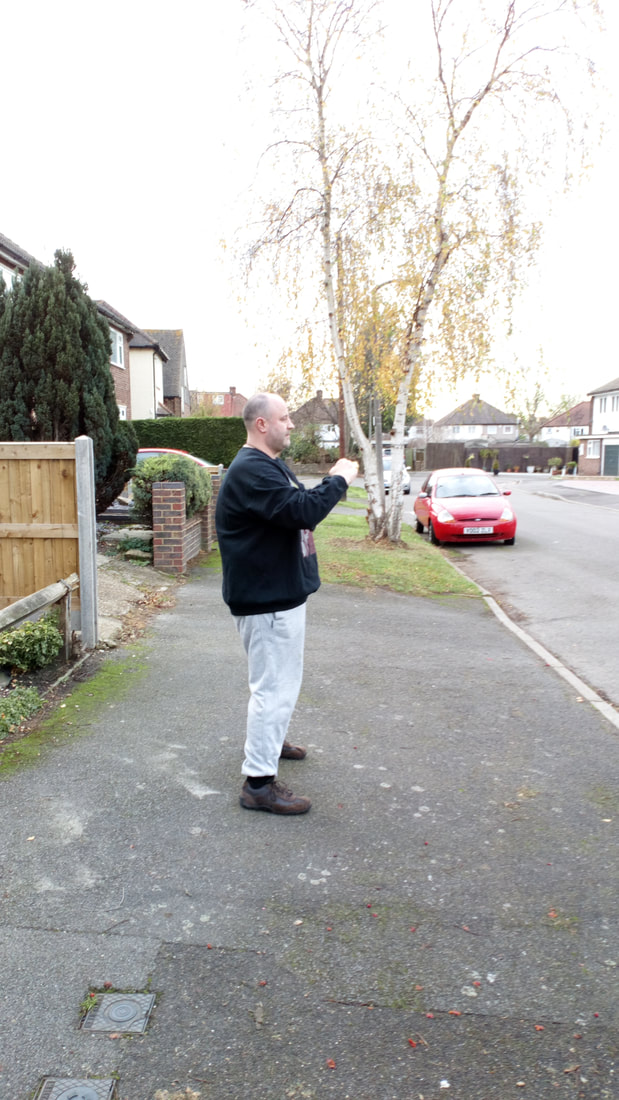
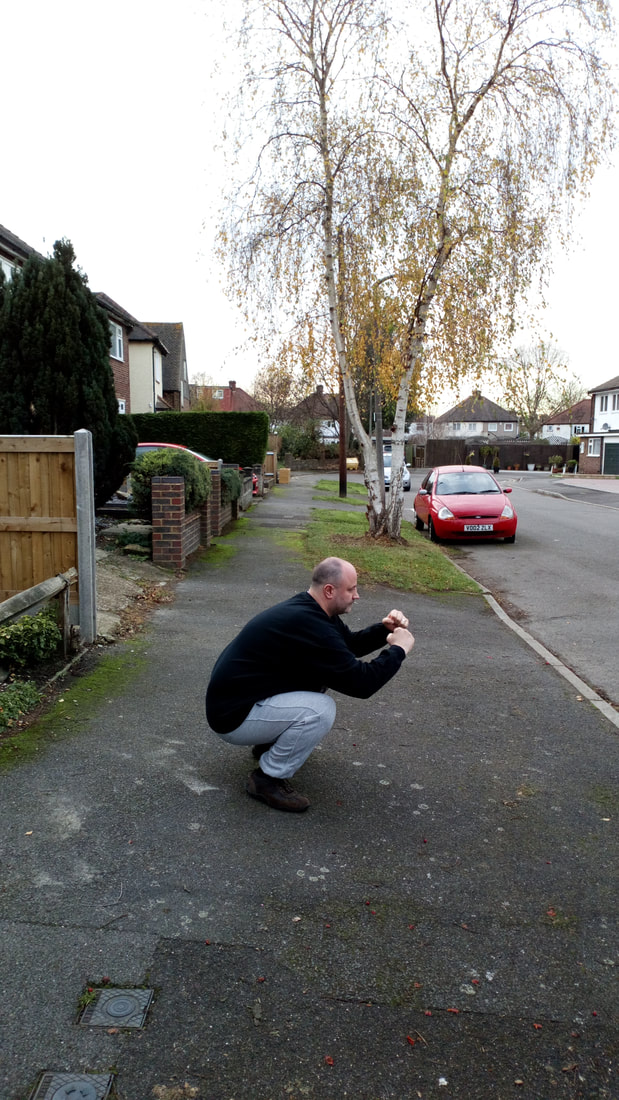
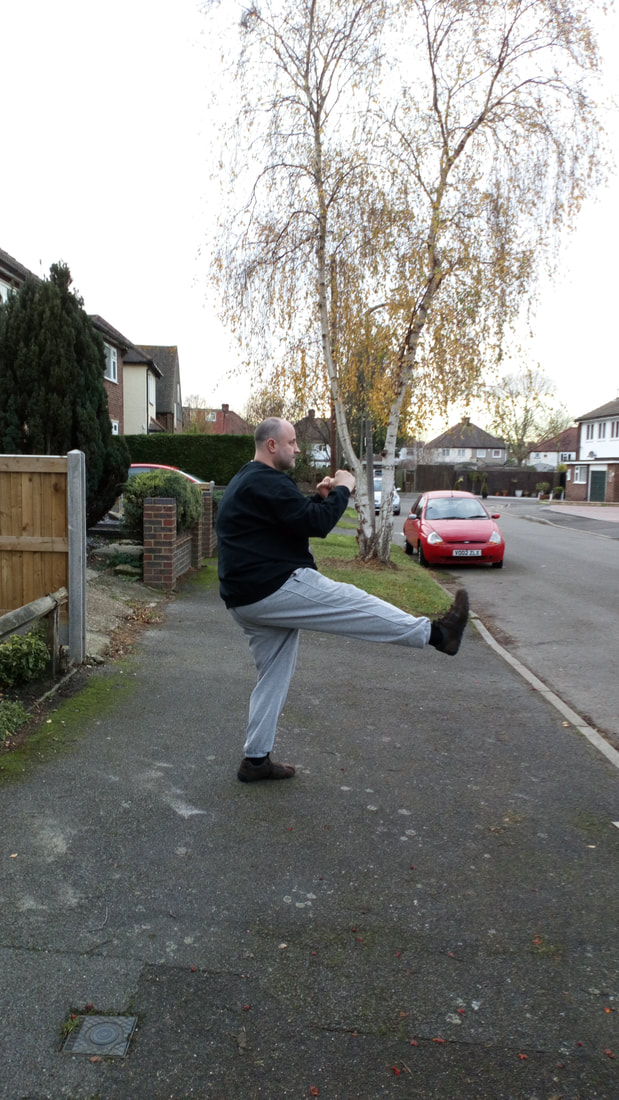
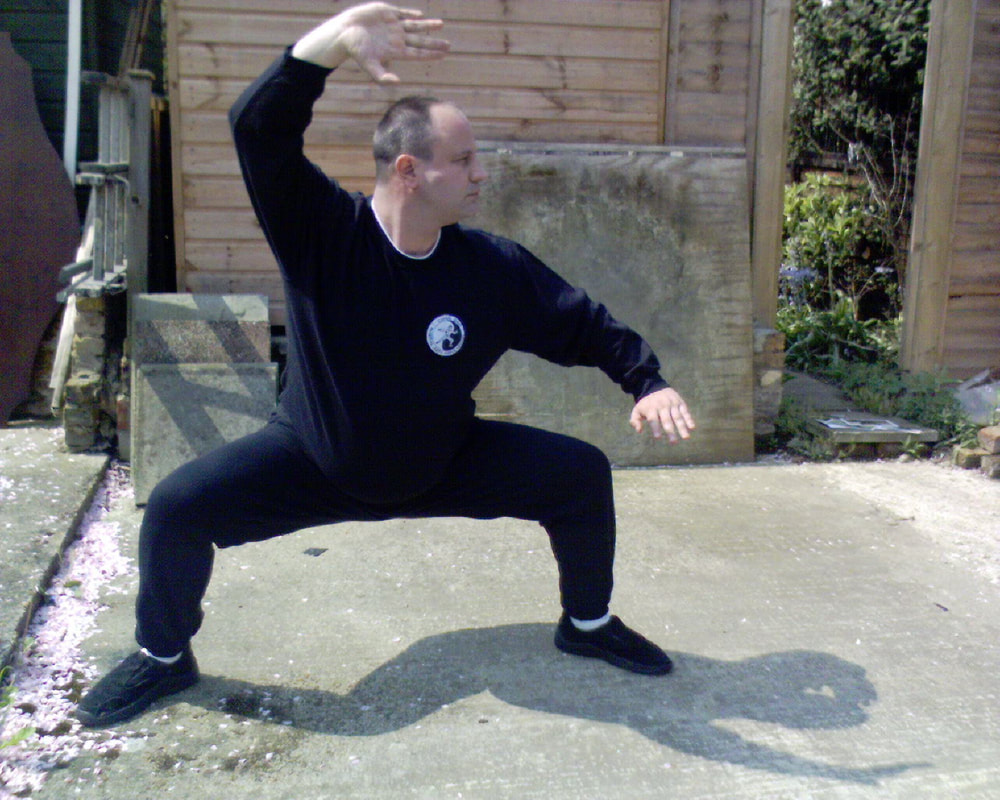
 RSS Feed
RSS Feed